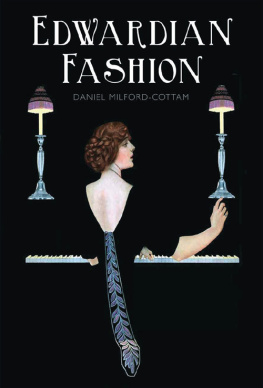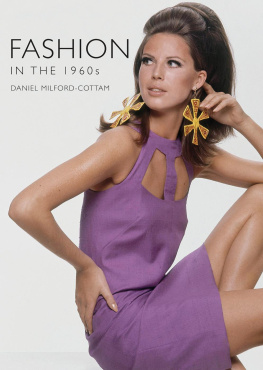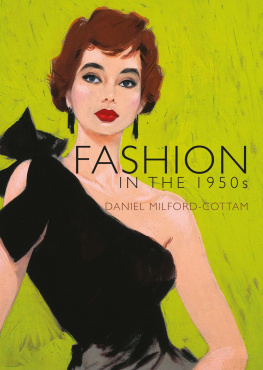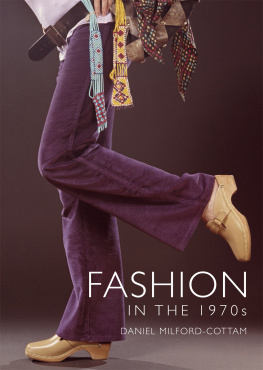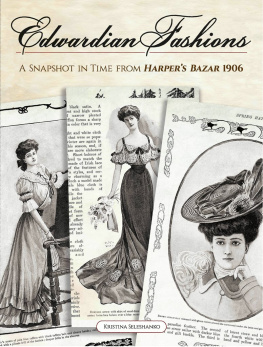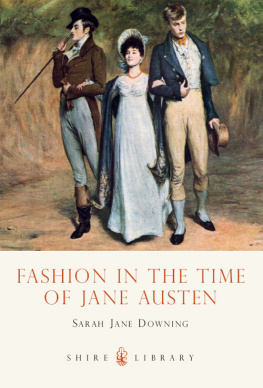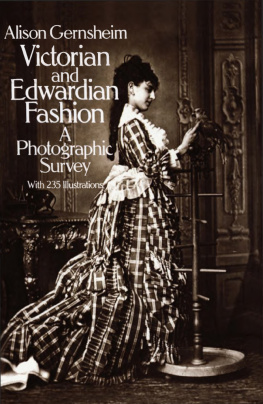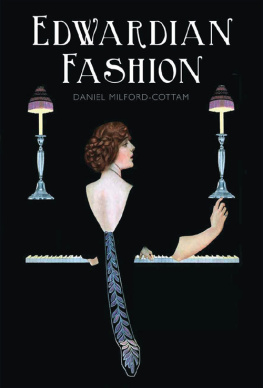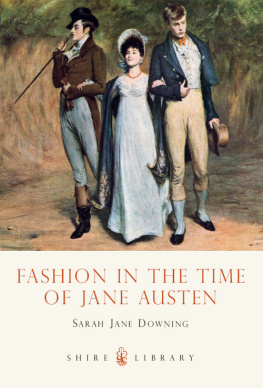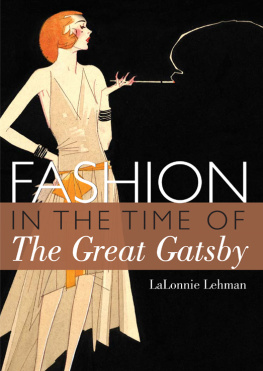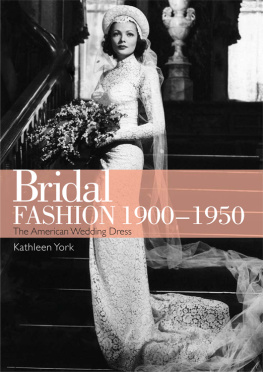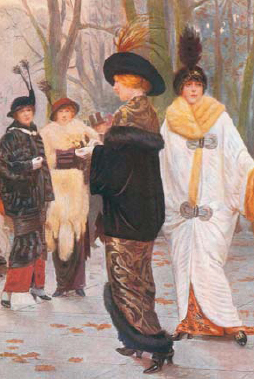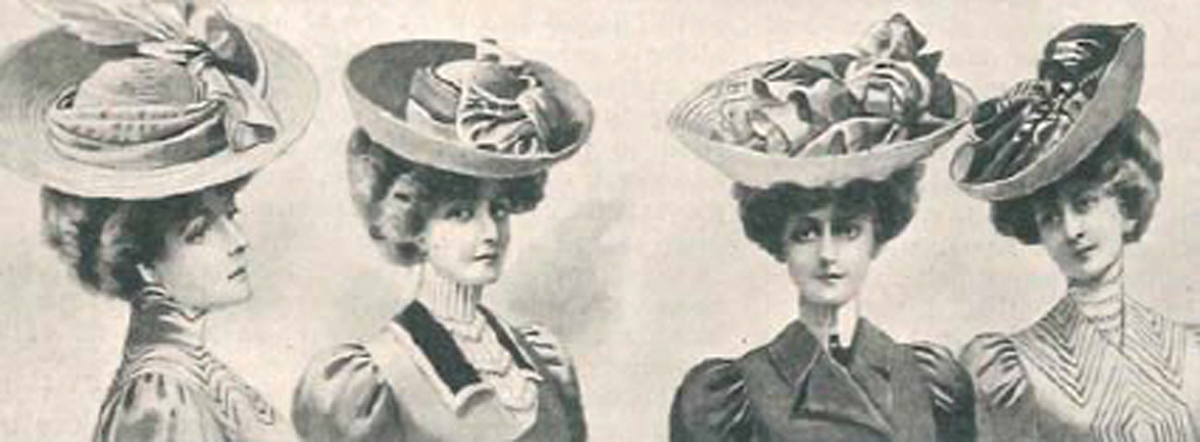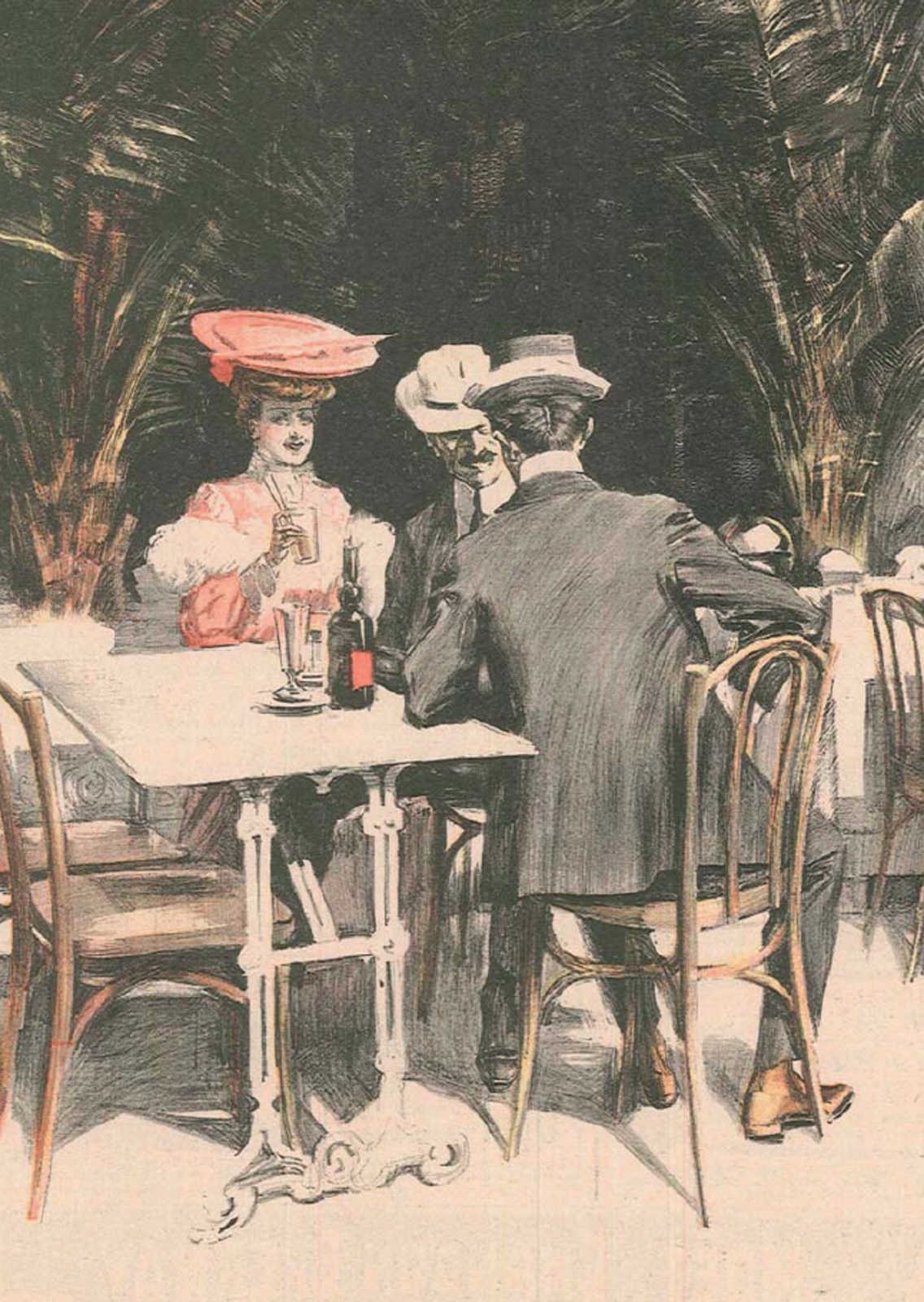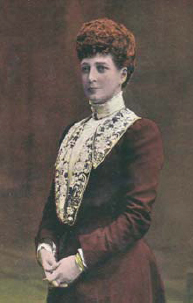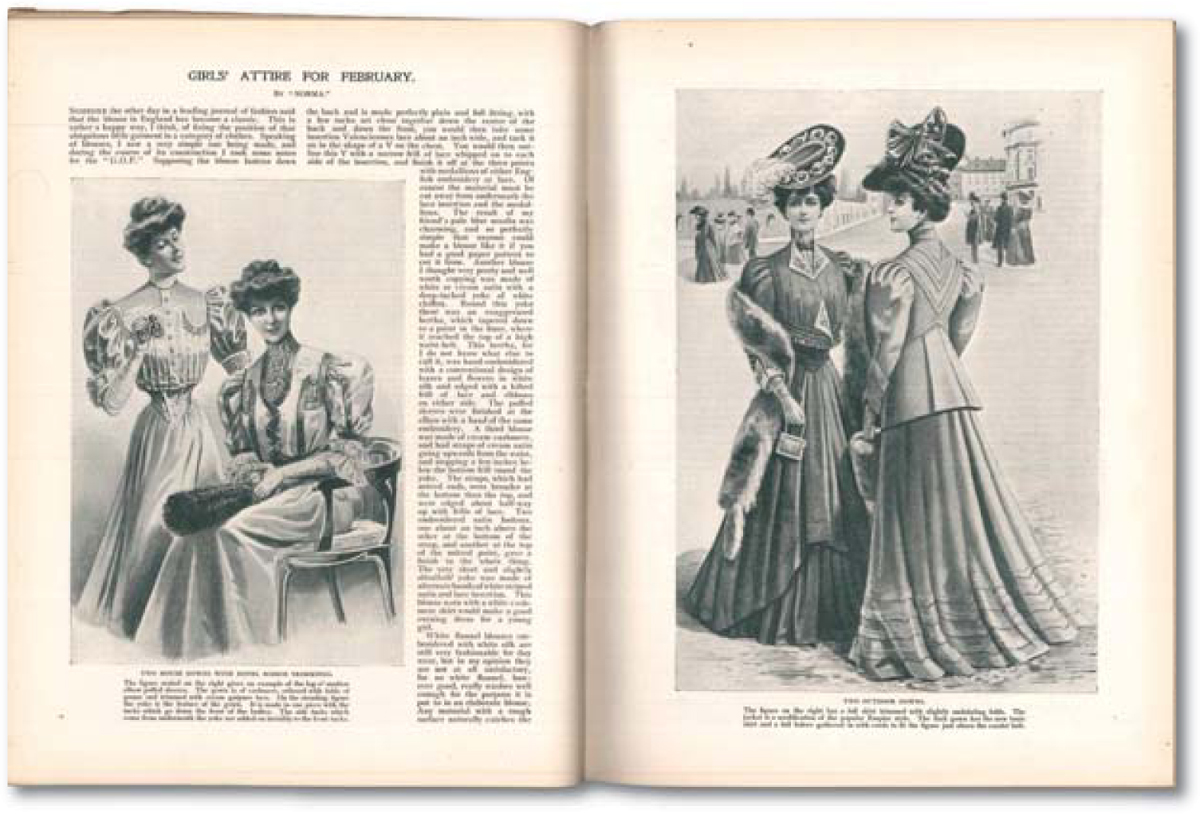EDWARDIAN FASHION
Daniel Milford-Cottam
Winter 1913: luxurious cocoon coats and wraps for day and evening wear created by Revillon. Drawn by J. Simont.
SHIRE PUBLICATIONS
A group of hats showing a style of trimming which could easily be done at home. From The Girls Own Paper, July 1906.
CONTENTS
A pretty woman in a pink hat and feather boa and two men enjoy a leisurely drink in a Viennese caf, mid-1900s. Drawn by Ferdinand von eznek.
INTRODUCTION: SETTING THE SCENE
T HE TWENTIETH CENTURY had barely begun when Queen Victoria died on 22 January 1901. As Britain entered a new century, it also had a new monarch in Victorias son, Edward VII. In more ways than one, it was time for change, and this was never more apparent than in the clothes people wore. Many garments, looks and styles that now form part of the standard fashion vocabulary were developed as wardrobe staples during the first two decades of the twentieth century, laying the foundations for the startlingly rapid changes and developments that would follow.
In contrast to the strict moral values and stability represented by his mother, Albert Edward was an exciting, even scandalous new king. Kept from taking too active a role in running the country until 1898, he had long indulged his passion for social pleasures. These included good food, theatre, sport, gambling and other mens attractive wives, despite the acclaimed beauty of his own wife, Alexandra. Although in their late fifties, the new king and queen represented undeniable glamour and sophistication. The Uncle of Europe was a conservatively dressed monarch, albeit one renowned for his sartorial style. He was known for his strong views on appropriate dress, though his tweedy leisure wear ultimately proved more influential than his insistence on frock coats or attempts to revive knee-breeches for formal occasions. Alexandra, still a strikingly attractive woman in her later years, was regarded as the epitome of royal elegance, her likeness widely distributed through photographic reproductions and illustrated publications.
During the Edwardian period, fashion reporting became increasingly widespread. Fashion journalism through the nineteenth century had tended towards barely critical description of the latest looks with name-checks of dressmakers and vendors or, in the case of satirical magazines such as Punch, merciless mockery. A notable exception was the widely distributed The Girls Own Paper, first published in 1880, which kept its predominantly middle-class readers (of all ages and both sexes) informed on the latest fashions, including the dress reform movement, in an even-handed but opinionated manner. Whilst Norma observed new modes and suggested ways for the Papers readers to follow them on a limited budget, she was equally capable of blunt criticism on economic, practical or aesthetic grounds. In contrast, the well-connected Mrs Eric Pritchard, who wrote for The Lady and Ladys Realm, was one of the first truly outspoken high-profile fashion journalists. Her articles encouraged readers to view fashion as a guideline rather than a prescription for dress. Towards the end of the Edwardian period, new forms of fashion magazines began to appear. From 1912, Lucien Vogel published the Gazette de Bon Ton in Paris, which was imported into Britain by Cond Nast, who in 1909 had transformed a snooty American social gazette called Vogue into a widely marketed womens magazine offering exclusive fashion information. Although a British edition of Vogue appeared only in 1916, after the war made importing the American issues impossible, such publications significantly widened the availability of fashion information.
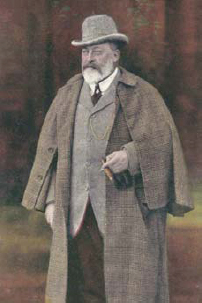
Edward VII at Sandringham, November 1902. The king is dressed for the country in knickerbockers and grey wool jacket, with a tweed Inverness coat with cape sleeves and Homburg hat. Photograph by James Stack Lauder for Lafayette.
Queen Alexandra at Sandringham, November 1902. Still beautiful at fifty-eight, Alexandra habitually wore high collars to conceal an operation scar. Photograph by James Stack Lauder for Lafayette.
In 1902 Mrs Pritchard published The Cult of Chiffon, a style manual that aimed to introduce women to the concept of chic, and encouraged them to consider dress critically whilst appreciating its aesthetic qualities. The author shuddered at bourgeois late-Victorian modes strictly functional underwear and heavy silk dresses with more than a mere suggestion of bugle trimming, and a front of something all the way down, instead praising the feminine lingerie, frou-frouing draperies, and pretty blouses worn by her self-assured Lady of Chiffon. This representation of the new fashionable Edwardian woman understood and embraced her personal style and seductive powers and, whatever her budget, found ways to express her individual femininity rather than treating fashion as a uniform.
Girls Attire For February. Fashion article published in The Girls Own Paper, 1906.
The look described by Mrs Pritchard was also endorsed by the leading designers of the day. Whilst male couturiers, such as the legendary Charles Frederick Worth and his sons, had dominated French fashion design since the 1850s, by 1900 they were being challenged by an increasing number of women. Not least of these was Jeanne Paquin, vice-president of the Chambre Syndicale de la Couture, and creator of exquisitely detailed outfits that were light, graceful, and most importantly competitively priced and available to a diverse clientele. Paquin was one of many female couturiers to maintain success and fame in the Edwardian period. Others included the Parisians Madeleine Laferrire, the Callot Soeurs, Madeleine Chruit and Jeanne Margaine-Lacroix; and in London, Sarah Fullerton Monteith Young, Lucile, and Elizabeth Handley-Seymour. The designer with the highest profile, however, was a provocative Frenchman and former Worth employee, Paul Poiret. His audaciously simple graphic designs had a powerful impact on established fashion. Their unashamedly theatrical quality and strong colours were avant-garde by 1900s standards, particularly in relation to the Lady of Chiffon, and had a significant effect on early 1910s fashion.
In addition to dressing aristocratic and wealthy clients, couturiers such as Paquin also catered for performers, and provided dresses for their on-stage appearances. Theatre and popular culture were particularly influential during the Edwardian period, inspiring fashion fads and new styles such as the Merry Widow hat originally created by Lucile for Lily Elsie in

